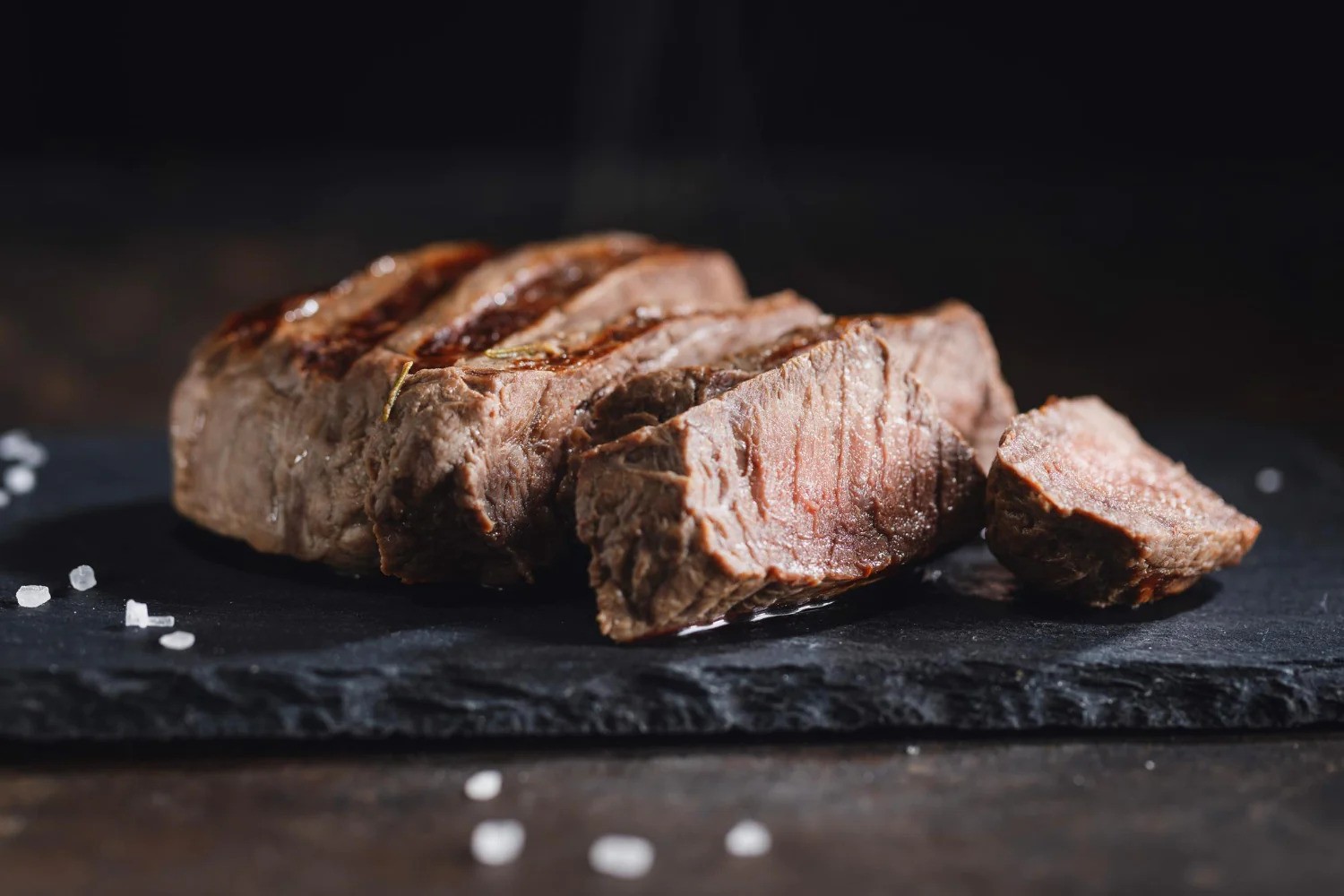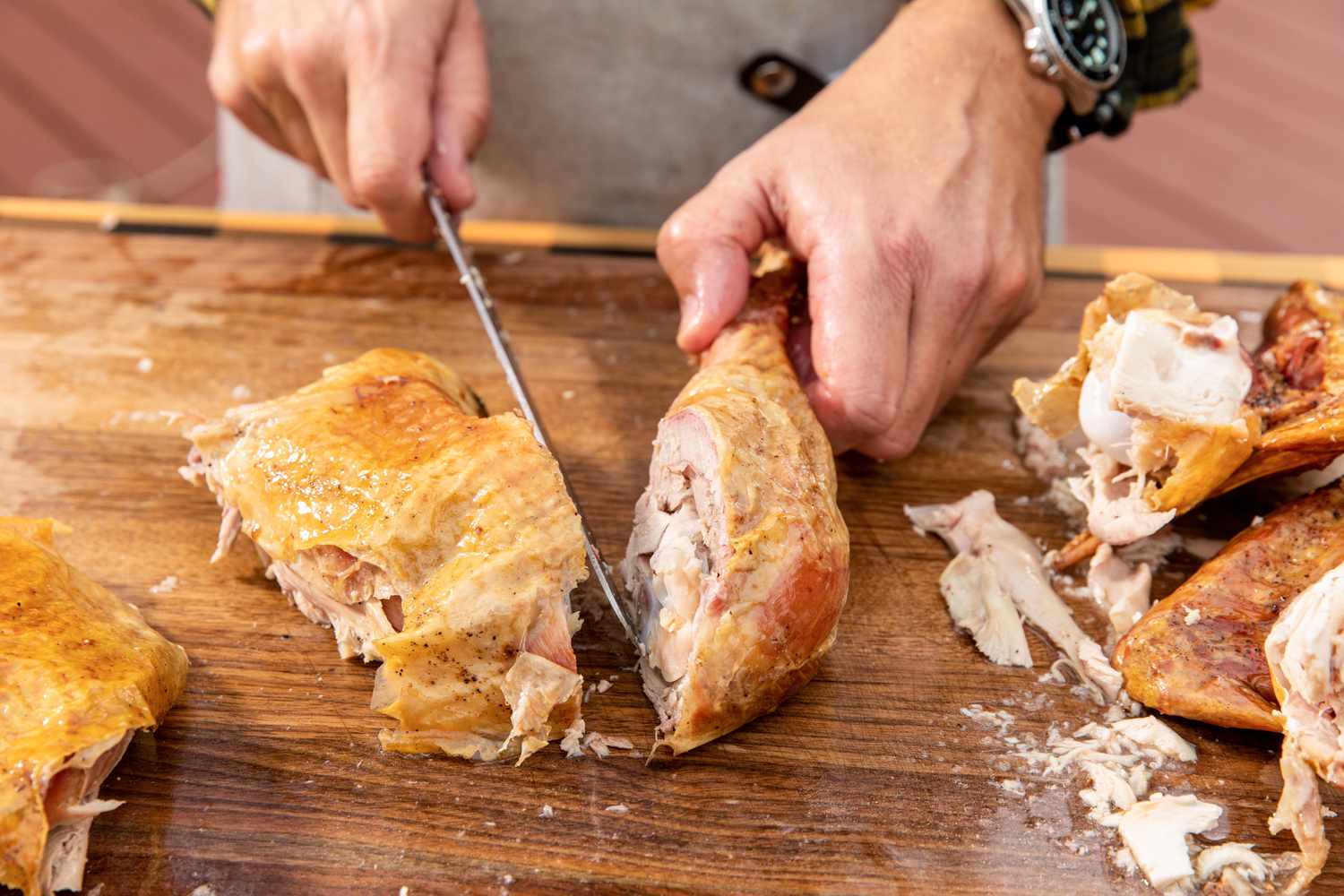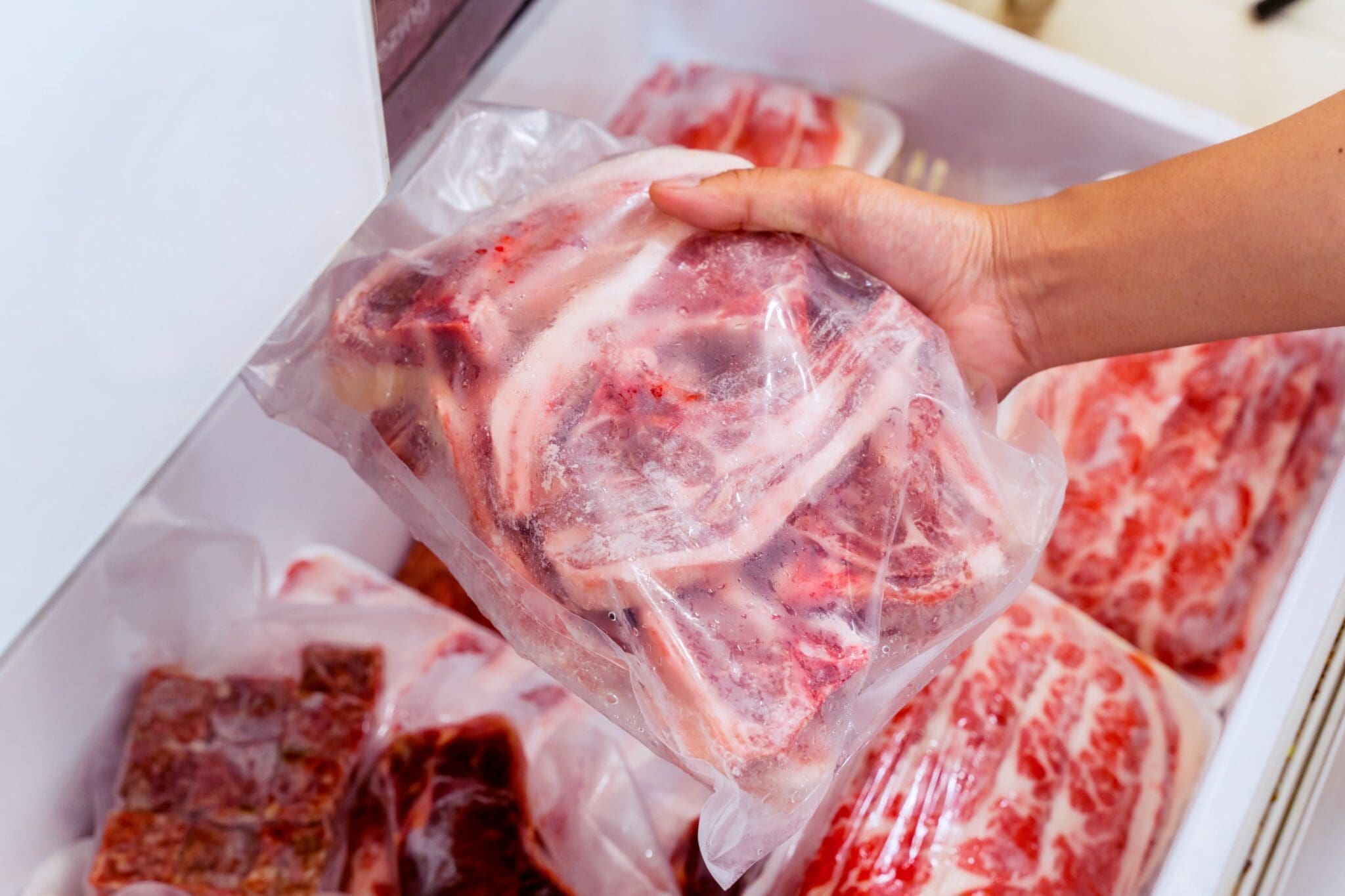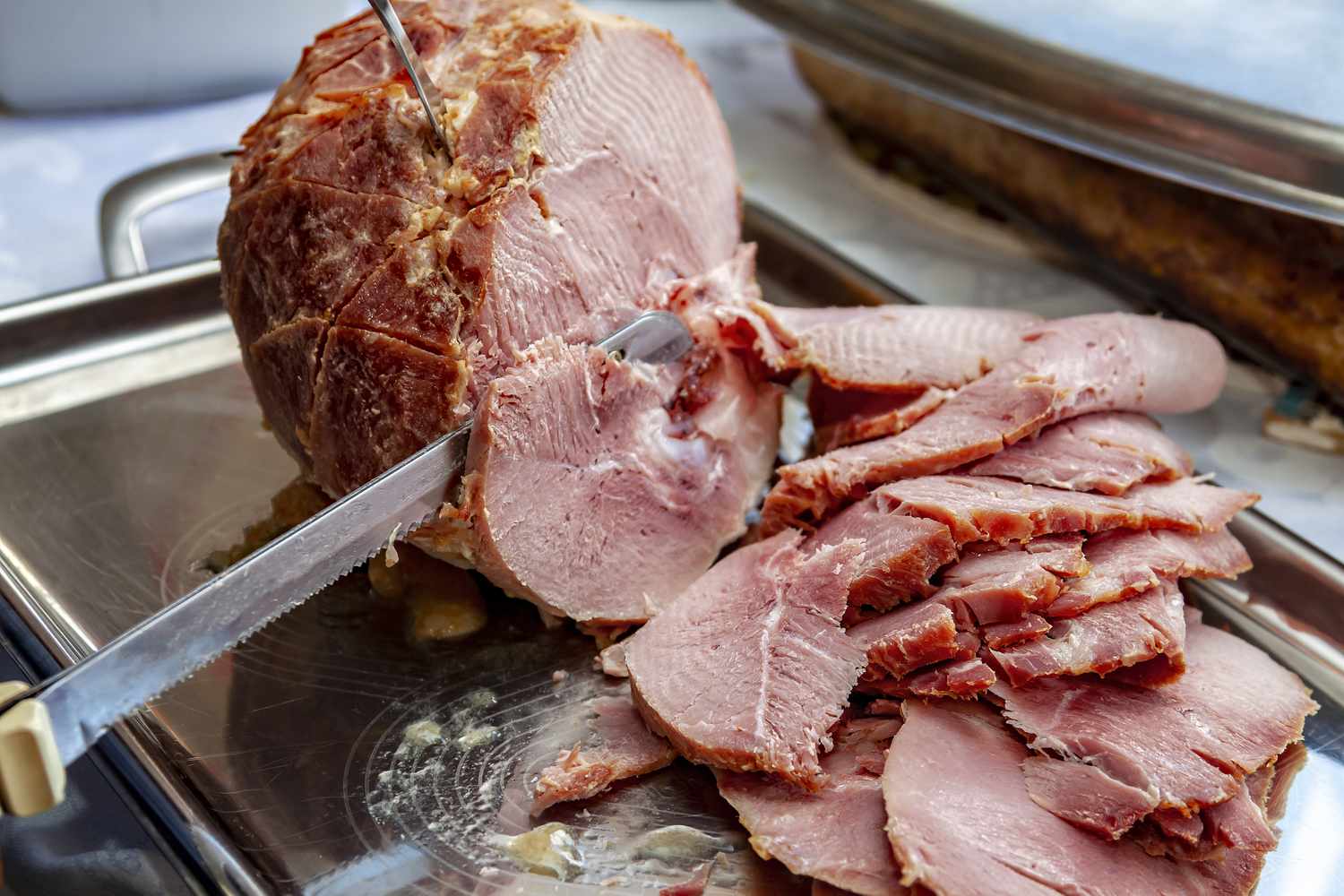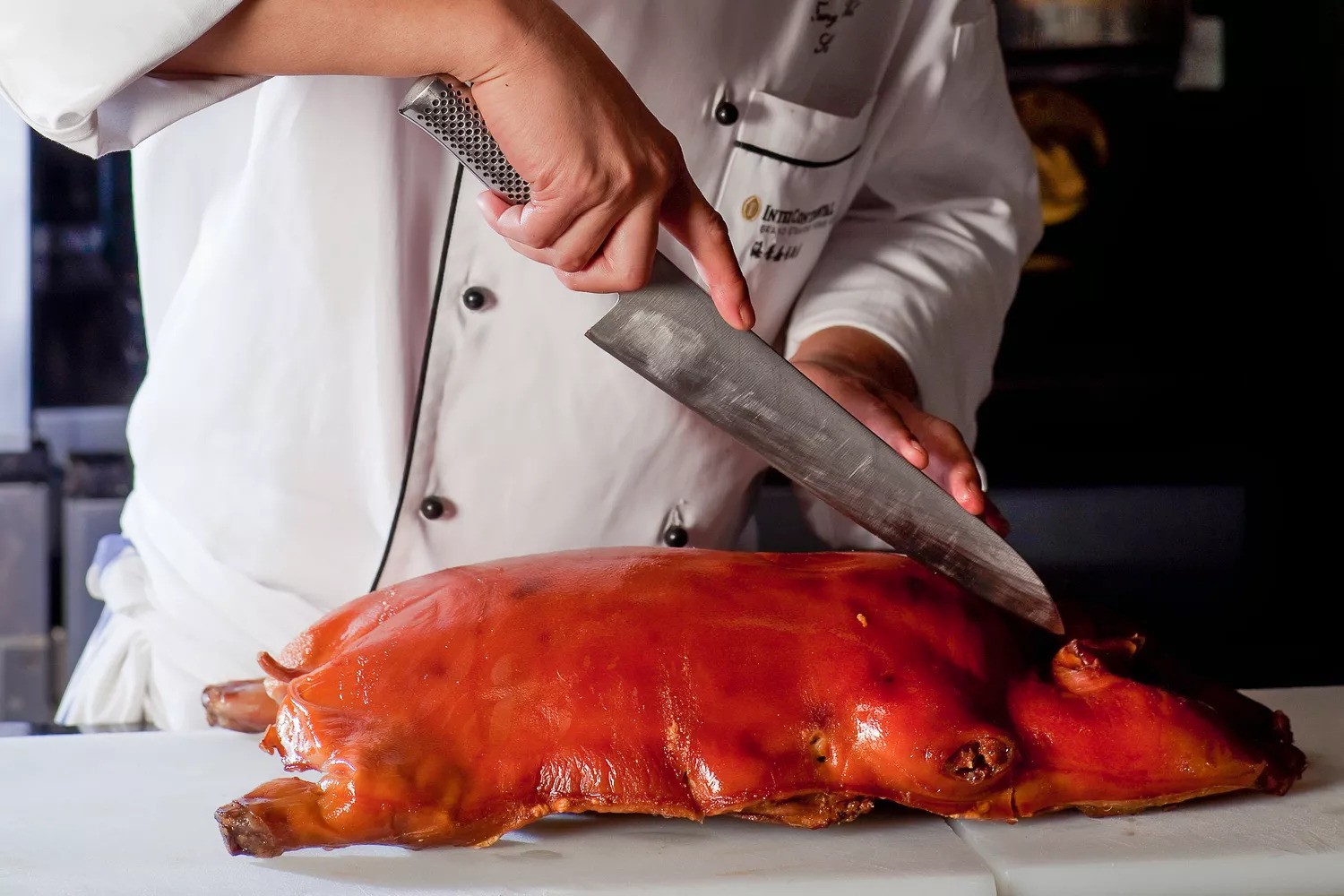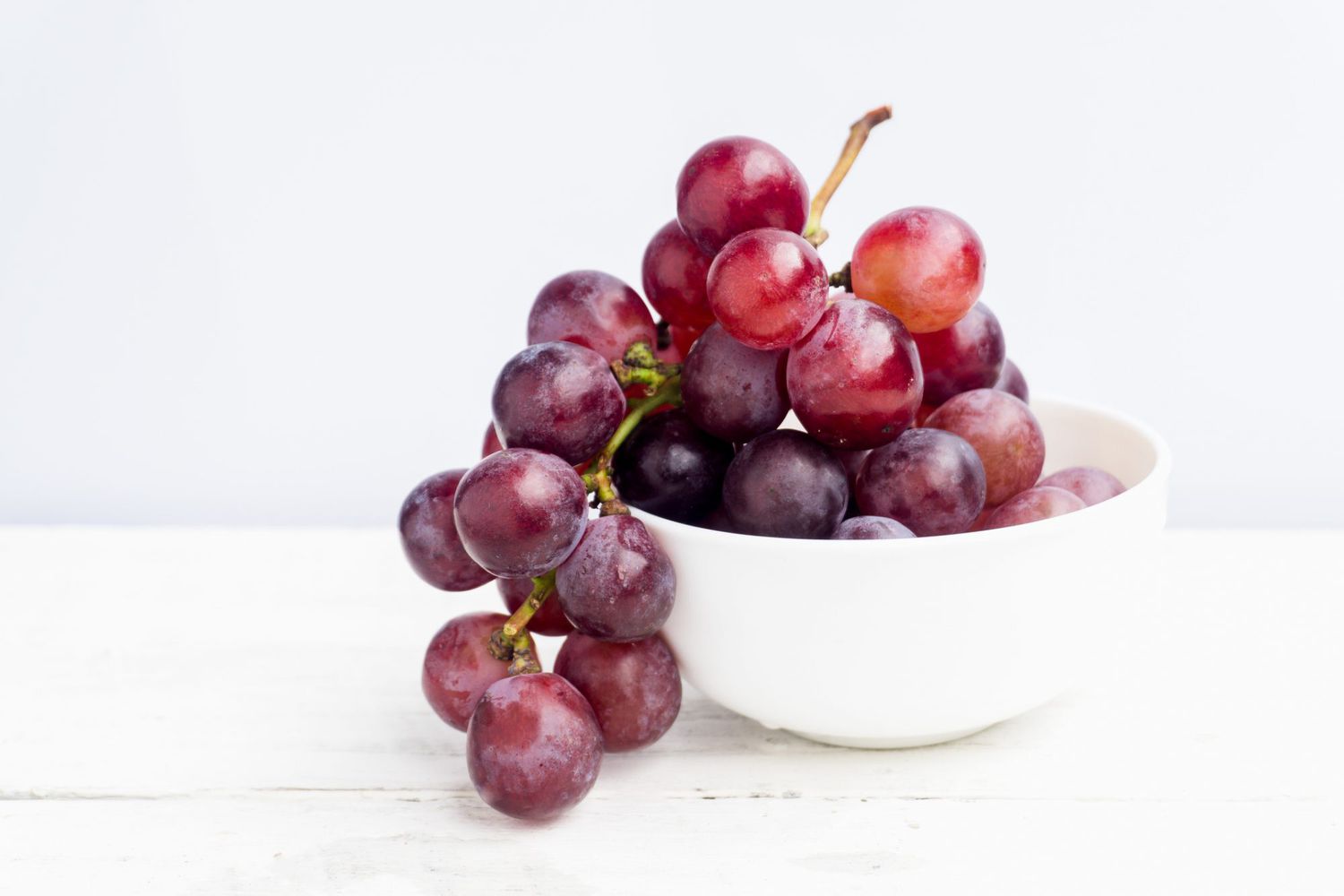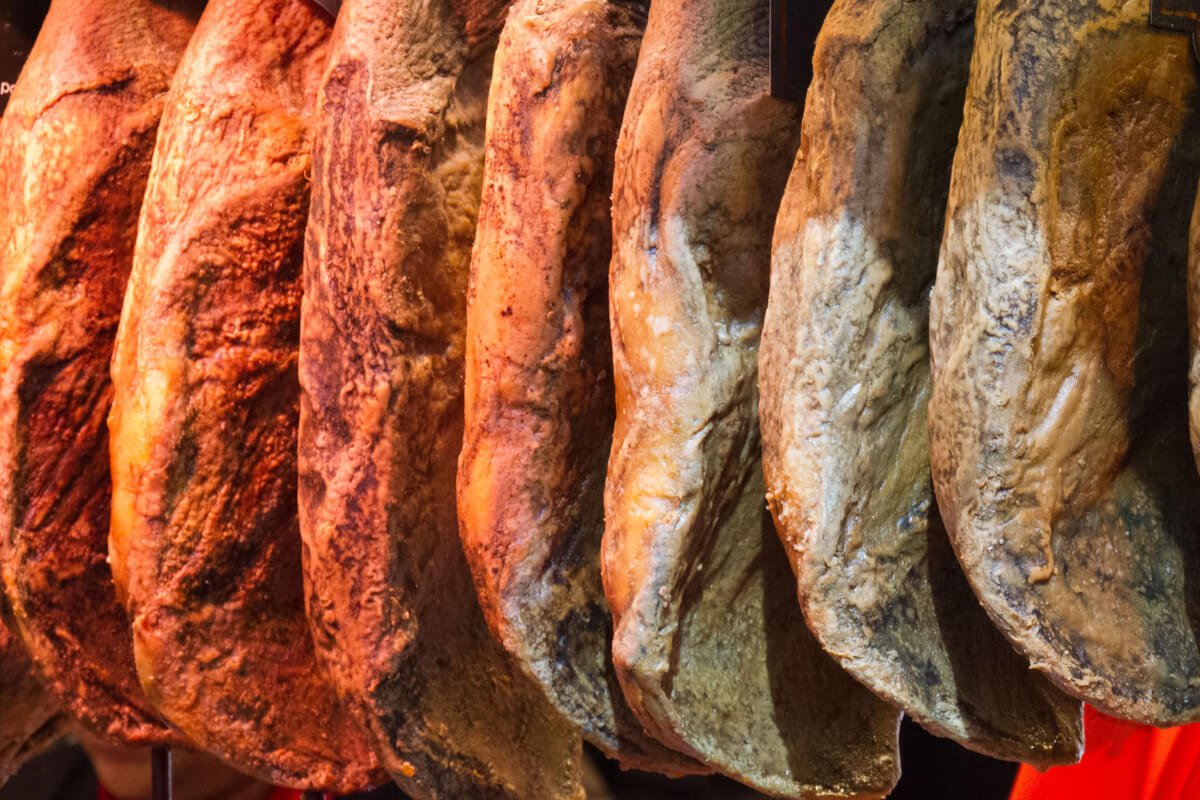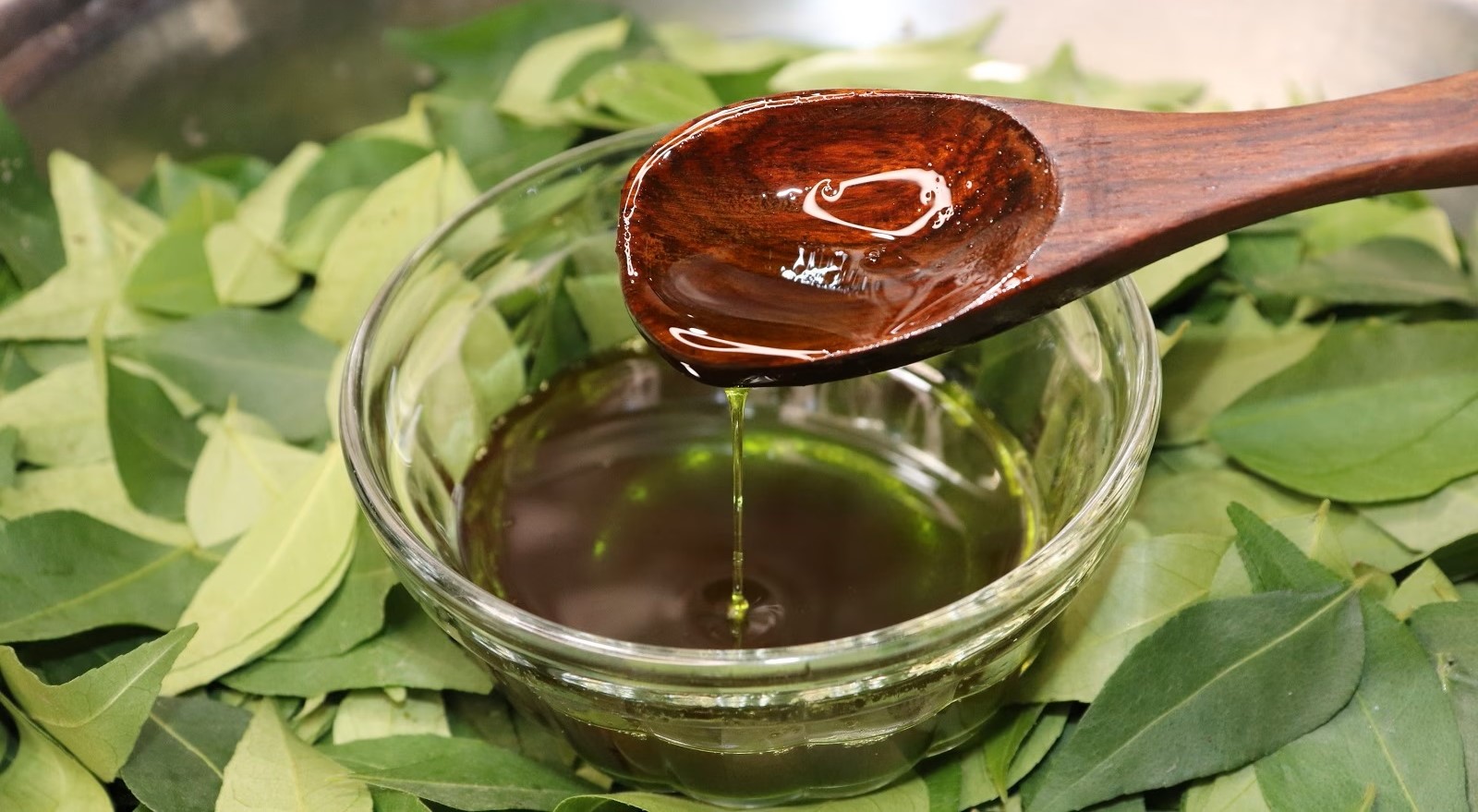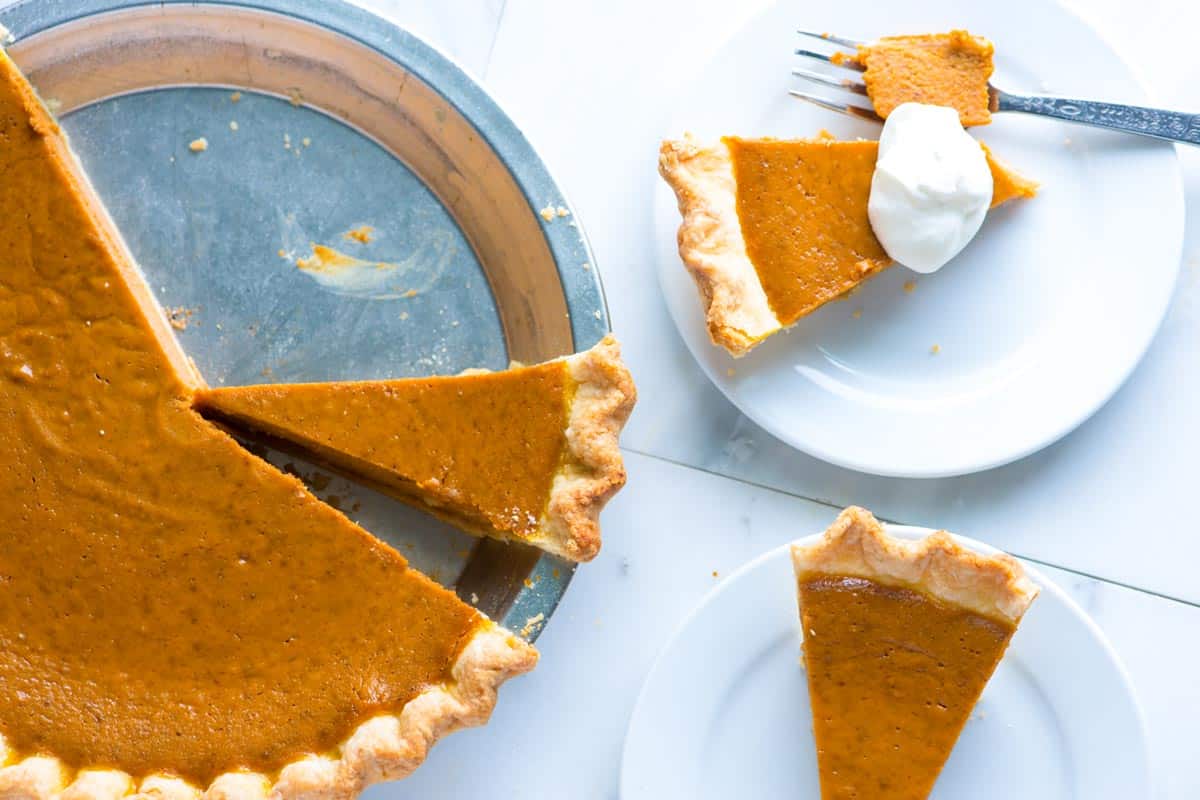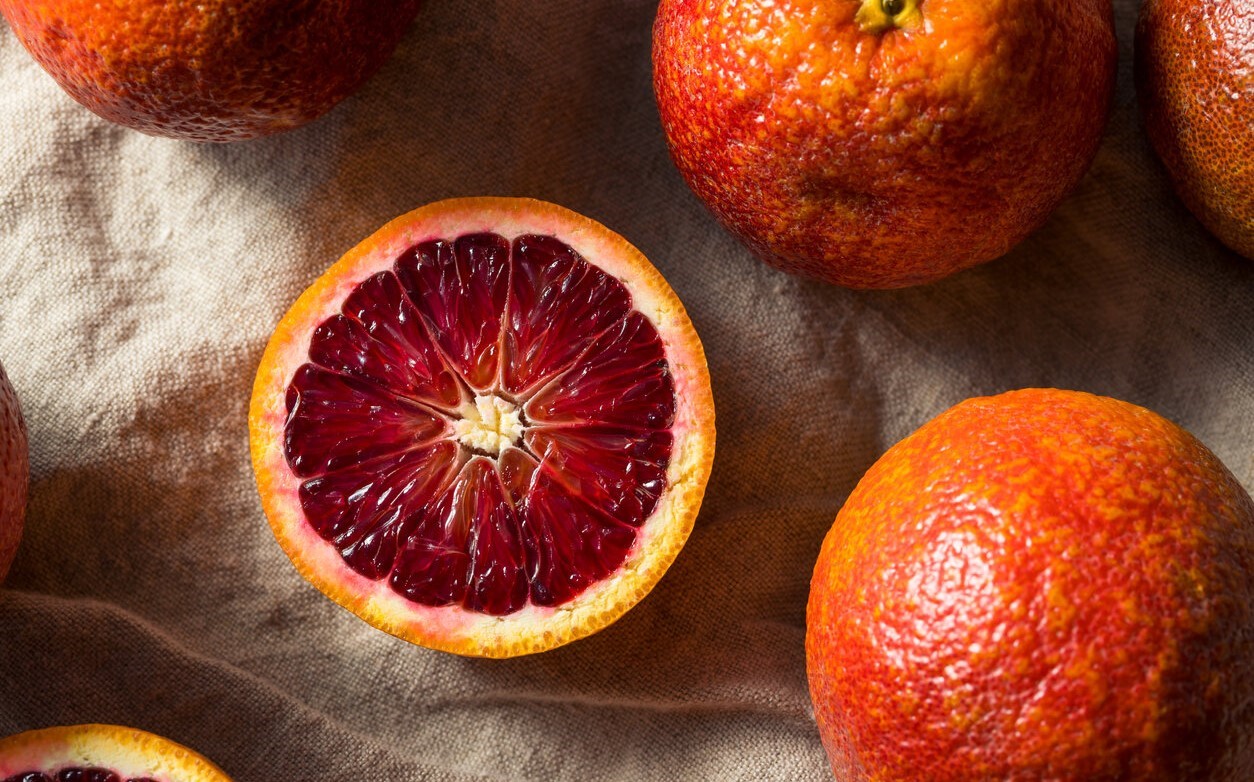Breadmaking: How to Mix and Knead Bread Dough Like a Pro
There’s nothing quite like the aroma of freshly baked bread wafting through the kitchen. If you’ve ever wanted to learn the art of breadmaking, this guide will teach you how to mix and knead bread dough like a pro. Whether you’re a seasoned baker looking to refine your skills or a complete novice eager to embark on a delicious baking journey, we’ve got you covered.
The Importance of Mixing
The very first step in breadmaking is mixing the dough. This crucial process allows all the ingredients to come together, forming a cohesive and elastic dough. Here are some important tips to keep in mind:
- Measure your ingredients accurately: Precision is key when it comes to baking. Use measuring cups or a kitchen scale to ensure you get the right proportions of flour, water, yeast, and salt.
- Combine dry and wet ingredients separately: In two separate bowls, mix your dry ingredients (flour, yeast, and salt) and wet ingredients (water, oil, or milk). This allows for better distribution of the yeast and other ingredients.
- Gradually add wet ingredients to dry: Slowly pour the wet ingredients into the bowl of dry ingredients, stirring with a wooden spoon or a dough hook attachment on a stand mixer. This helps to prevent clumps and ensures an even mixture.
The Art of Kneading
Once your dough is well-mixed, it’s time to move on to the kneading process. Kneading develops the gluten in the dough, giving it structure and elasticity. Follow these steps for successful kneading:
- Prepare your work surface: Lightly dust your countertop or a large cutting board with flour. This will prevent the dough from sticking as you knead.
- Transfer the dough to the work surface: Using a scraper or your hands, gently remove the dough from the mixing bowl and place it onto the floured surface.
- Start kneading: With the heel of your hand, push the dough away from you, then fold it back towards yourself. Repeat this motion, applying gentle pressure, for about 10 minutes or until the dough becomes smooth and stretchy. Add more flour as needed to prevent sticking, but be careful not to add too much—it should remain slightly tacky.
- Perform the windowpane test: To check if the gluten has developed enough, take a small piece of dough and gently stretch it between your fingers. If it forms a thin, translucent “windowpane” without tearing, it’s ready. If not, continue kneading for a few more minutes.
Remember, practice makes perfect. It may take a few tries to get the hang of the kneading technique, but don’t get discouraged. As you become more comfortable, you’ll develop a feel for the dough and its ideal consistency.
Was this page helpful?
Read Next: How To Use Smoke Woods
